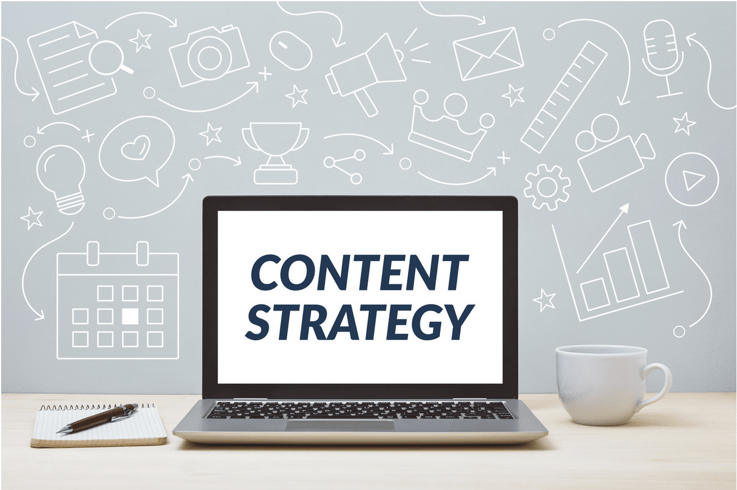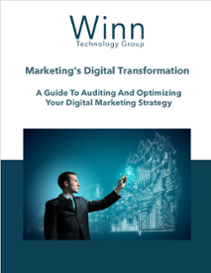 Content is the backbone of an effective marketing strategy. It allows you to reach out to your target audience, build relationships, establish trust, and drive awareness. To create a successful content strategy, there are certain steps that need to be taken in order to achieve long-term success. Here are 7 steps to help you build a long-term content plan.
Content is the backbone of an effective marketing strategy. It allows you to reach out to your target audience, build relationships, establish trust, and drive awareness. To create a successful content strategy, there are certain steps that need to be taken in order to achieve long-term success. Here are 7 steps to help you build a long-term content plan.
Identify Your Target Audience: Before creating any kind of content, it is important to identify who your target audience is. This will give you an understanding of what type of content will best appeal to them and how they prefer to consume it. Knowing this information will help you create more effective content strategies in the future.
Set Content Goals: Determine what type of content you want to create and what the focus should be. Your goal might be to increase brand awareness or demonstrate thought leadership in a specific area. Make sure that these goals are measurable and can be evaluated over time.
Create a Content Plan: Once you have identified your goals and target audience, it's time to create a content plan. This involves creating an outline of topics related to your industry that are of interest to your target audience. It's important to make sure you have a variety of topics in order to keep readers engaged and coming back for more.
Create an Editorial Calendar: The editorial calendar ensures that you have a plan for your content creation and publishing. It also serves as a map to help you visualize the types of content and topics you will be creating over time.
Select Content Formats & Channels: Once you have identified what type of content needs to be created, it's important to decide how it will be presented and which channels will be used to distribute it. This could include different formats such as videos, infographics, blog posts, etc., as well as social media platforms like Twitter or YouTube.
Measure & Analyze Performance: As with any marketing strategy, evaluating the performance of your content is essential to understand its effectiveness and make future improvements. Use analytics tools to measure the reach and engagement of your content, as well as how it is driving conversions or sales. This will help you optimize your approach so that you can continue providing valuable content for your target audience.
Refine Your Strategy: Over time, it's important to revisit your content strategy and refine it based on the data you have collected from analyzing the performance of your content pieces. This will help ensure your content remains relevant to your target audience and enables you to reach your goals.
It's important to keep in mind that creating effective content takes time and requires constant refinement as trends change and technology advances. Any business can reach its goals through content marketing with the right strategy and dedication.
Download our guide to learn more!





